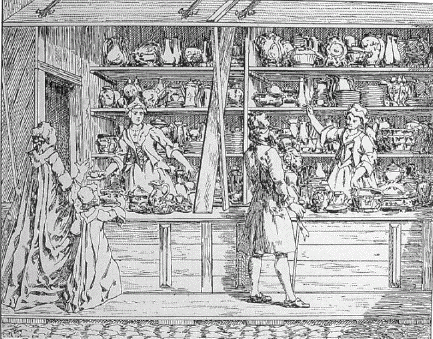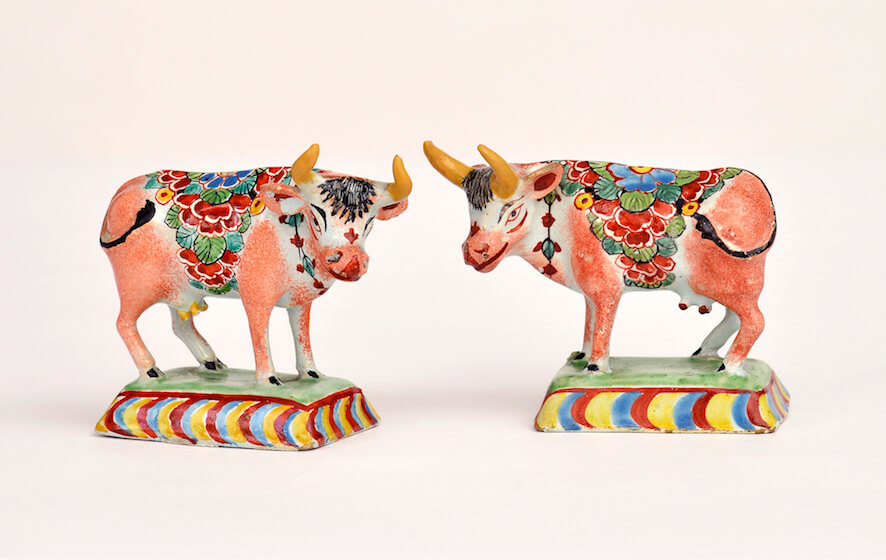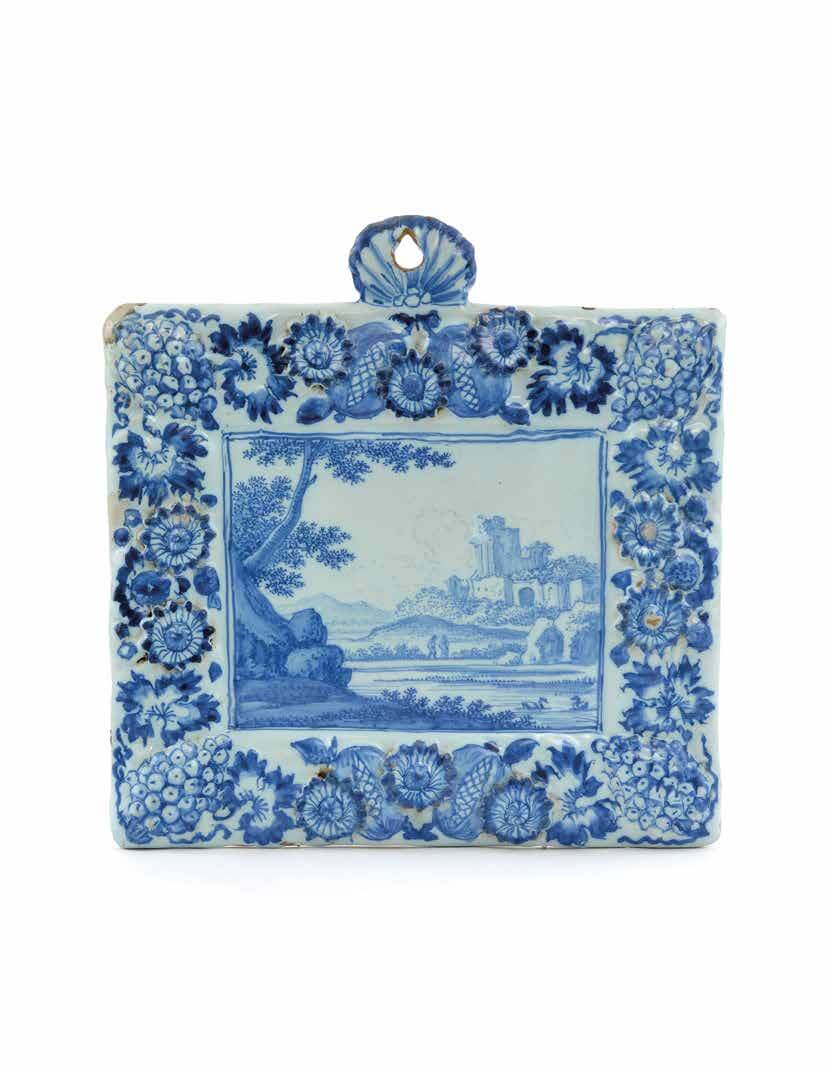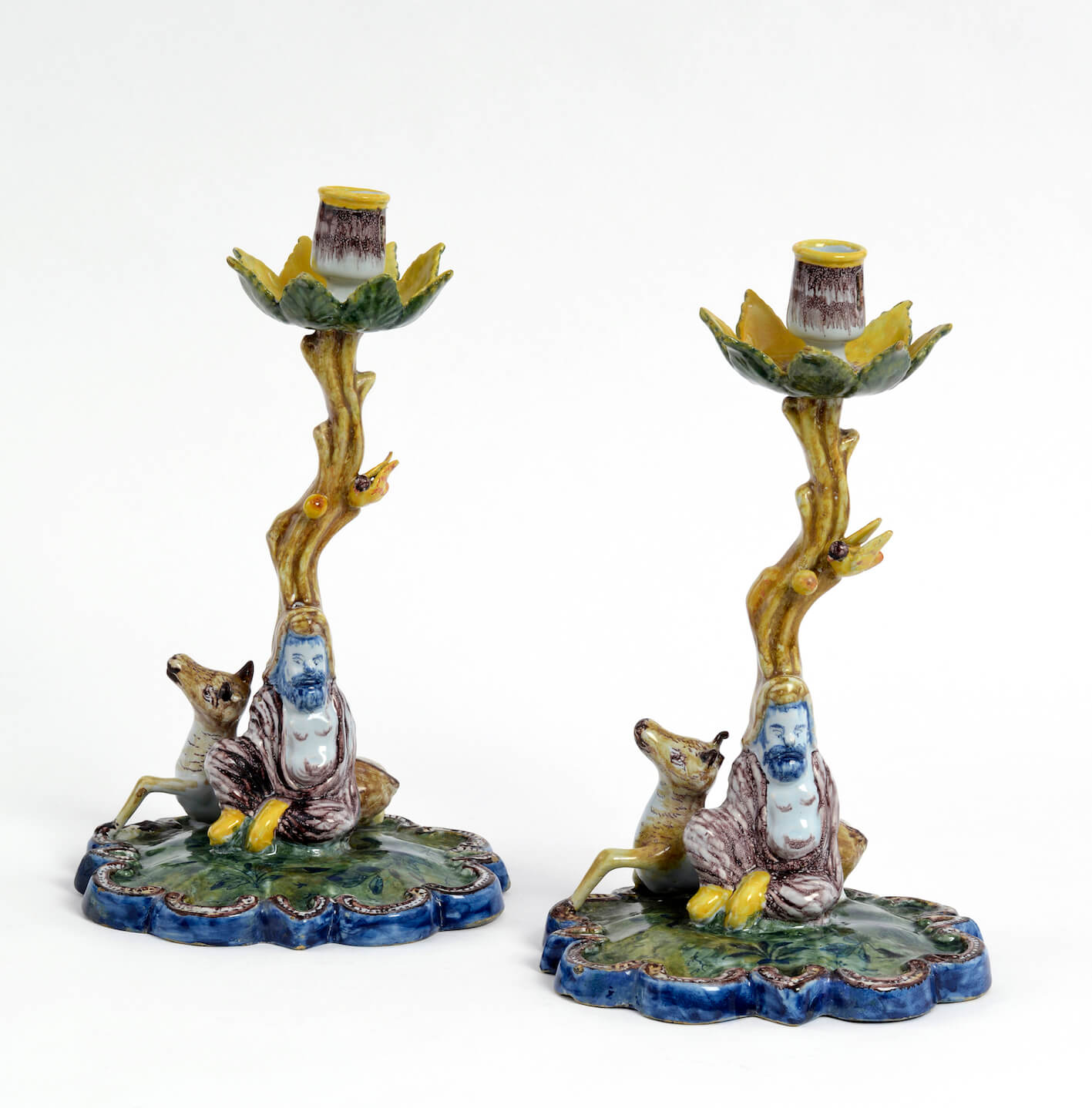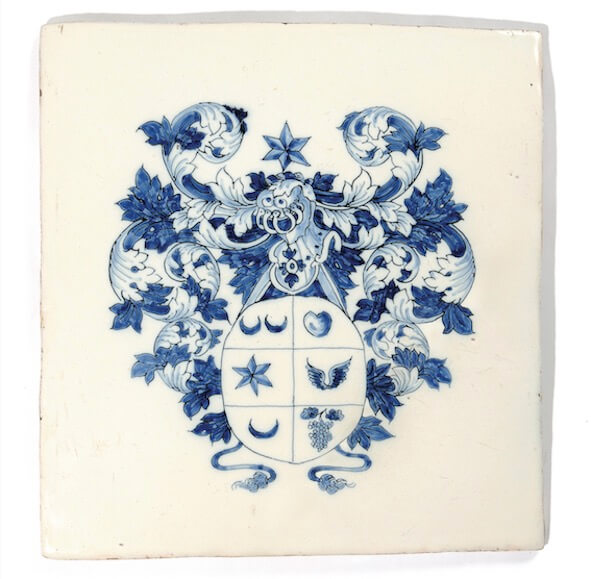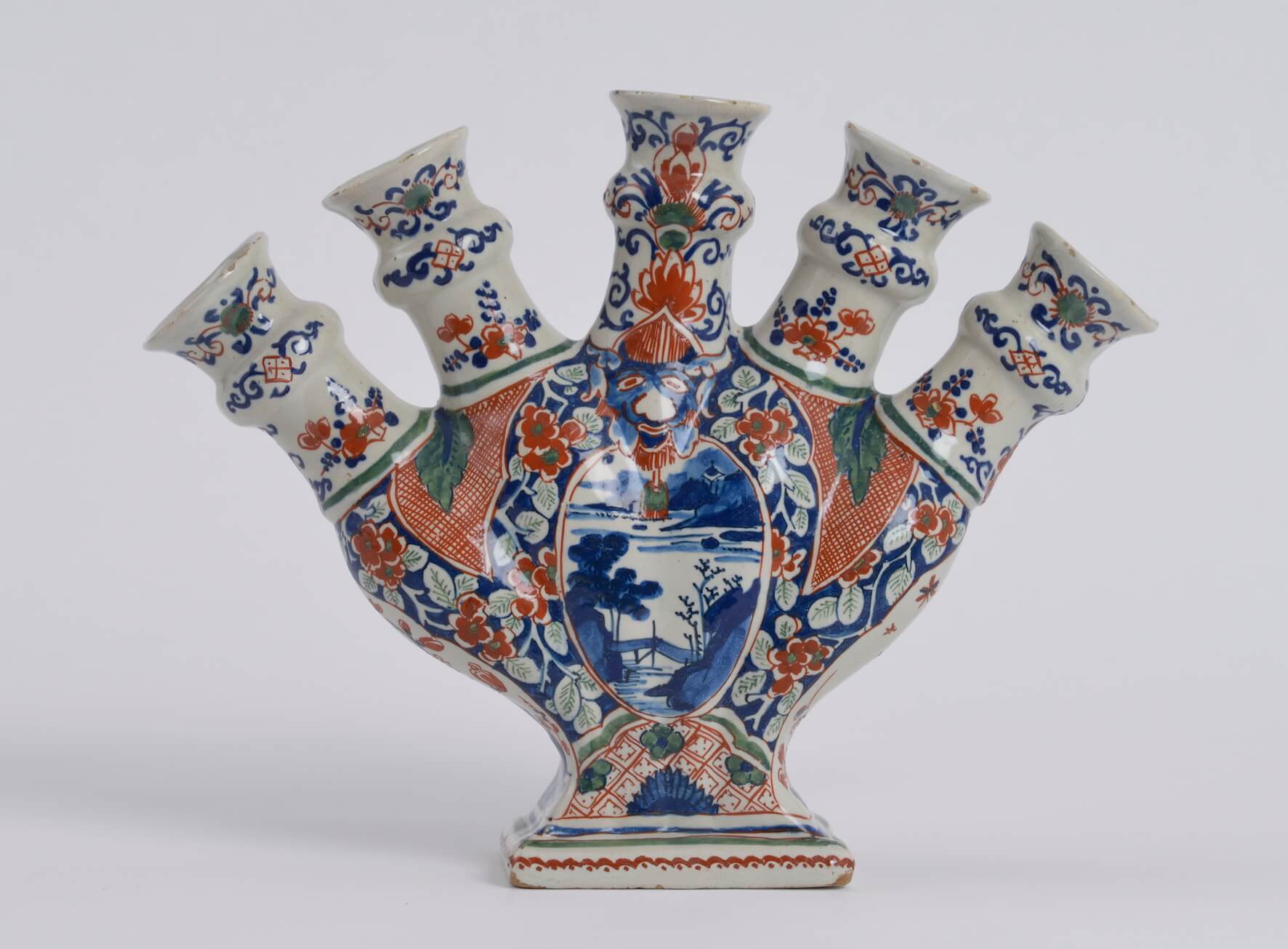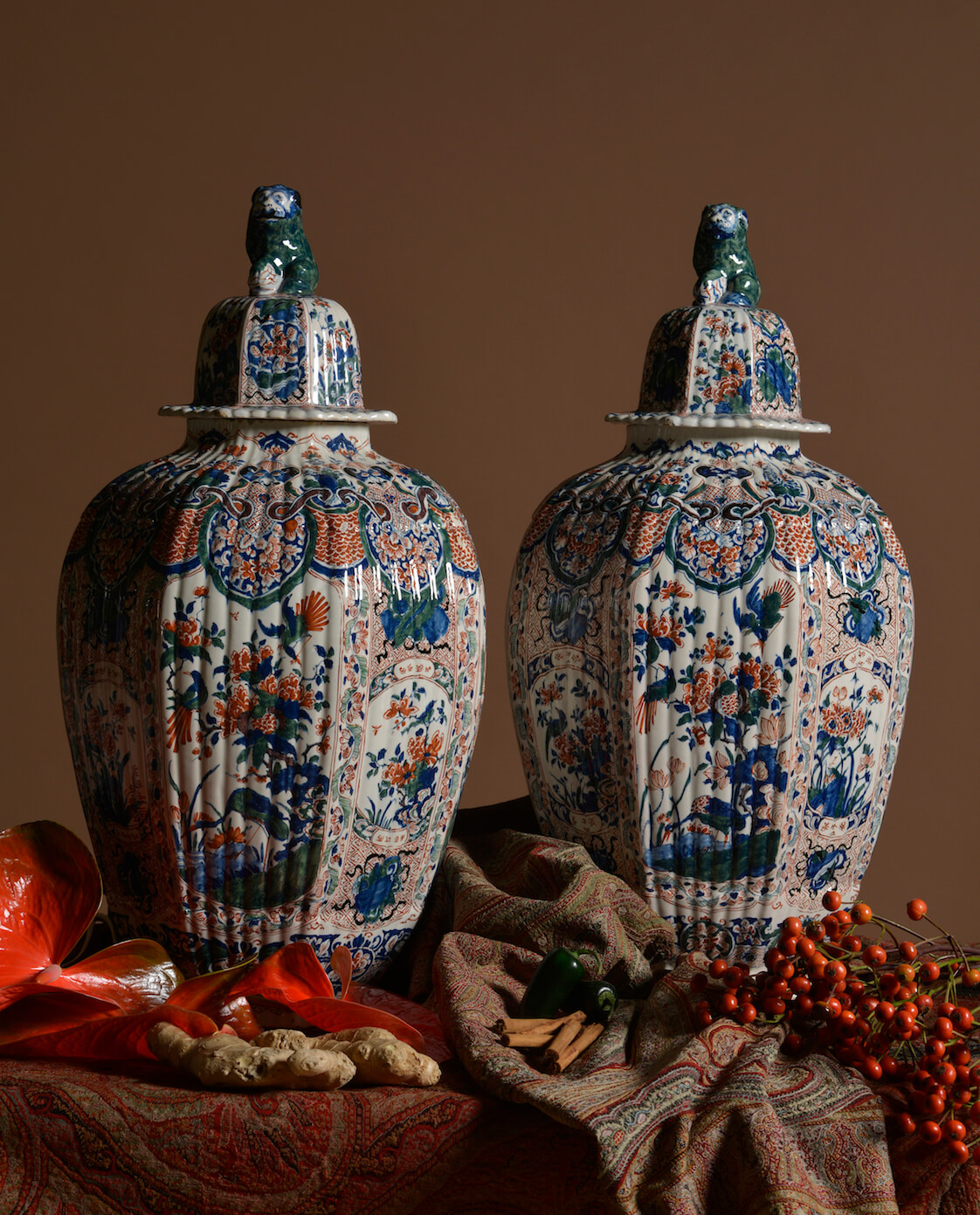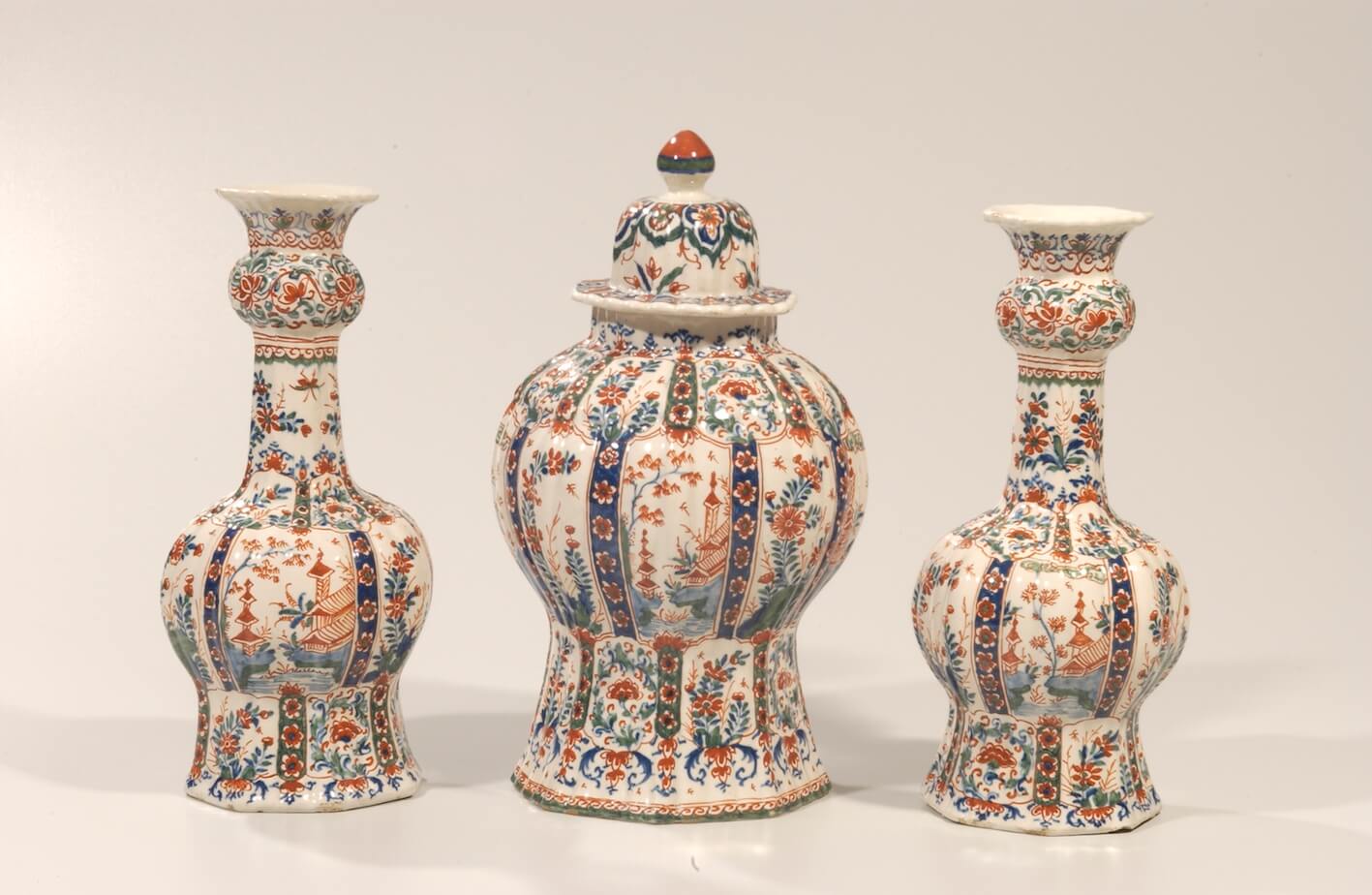The Distribution of Dutch Delftware
Although quite a lot is known about the history and production of Delftware, one lingering question has been how these objects were distributed. Where were they sold after they left the factory? Many times, the pottery was sold directly from the factory. Delft factory owners often lived in buildings that faced the street, while the…

